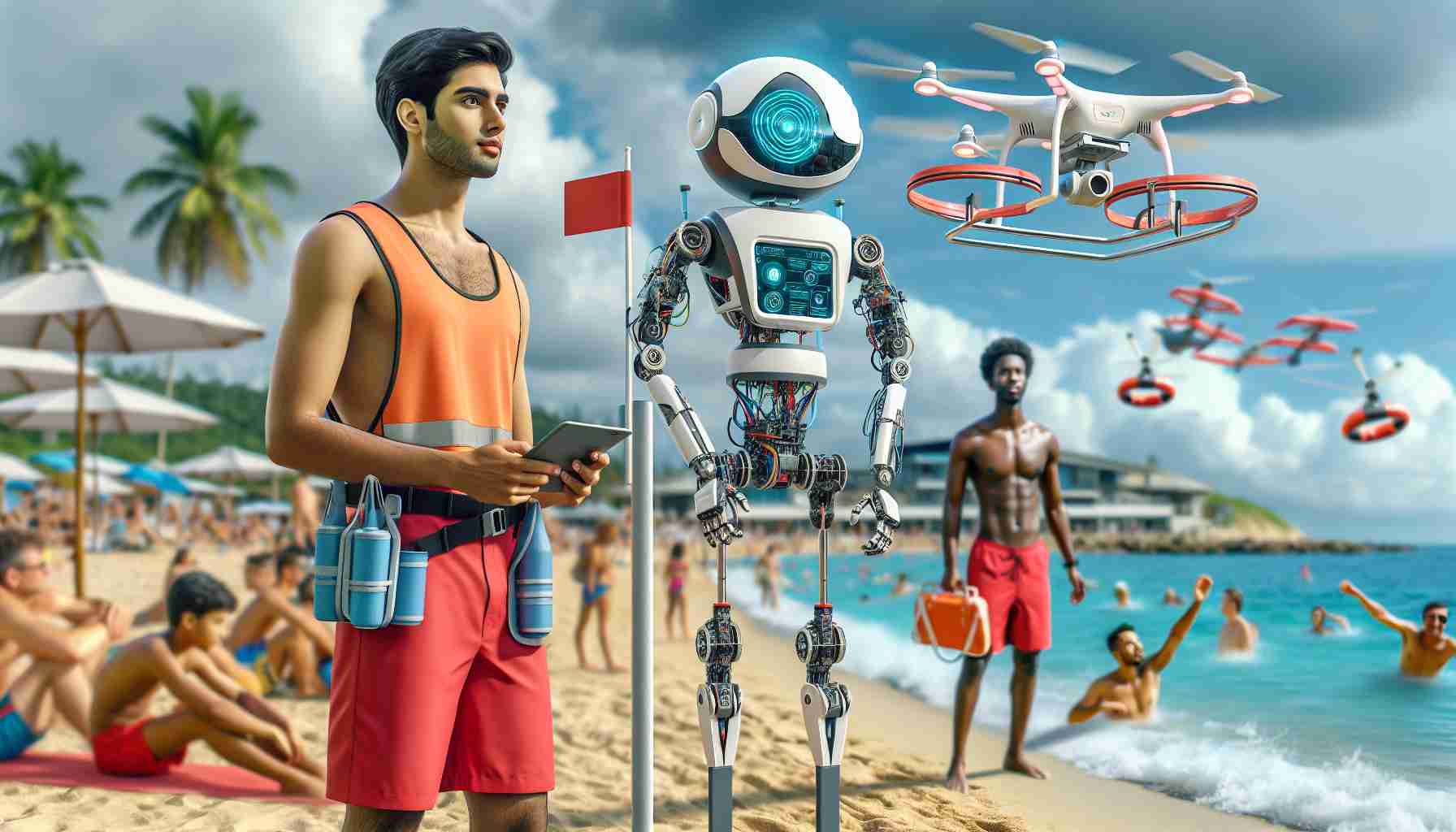Innovative AI Solutions for Urgent Water Rescue Scenarios
When seconds count in the struggle against potential drowning incidents, technology comes to the rescue. Artificial Intelligence (AI) stands as a beacon of hope to usher in a new era where rapid response can be the difference between life and death in aquatic emergencies.
The introduction of AI in aquatic safety protocols stands poised to revolutionize the current landscape of water rescue operations. By implementing advanced AI systems, rescuers can be alerted to dangerous situations more swiftly, thereby enabling a prompt and, potentially, lifesaving intervention.
The adoption of AI for drowning prevention has been brought into focus by the Alliance Green faction, which underscores a harmonious blend of technological advancement and public health initiatives. The potential for AI to augment safety precautions at swimming sites presents a promising stride forward in water safety measures. By embracing this modern approach, communities could see a significant downturn in swimming accidents, ensuring a safer environment for water enthusiasts.
The utilization of AI technology echoes an inevitable and beneficial shift towards safeguarding lives using intelligent surveillance and rapid response mechanisms. With every tick of the clock being crucial during water emergencies, the integration of AI could well mark a transformational change in how we protect those enjoying the water.
AI-Enhanced Monitoring and Rescue: The Future of Water Safety
Artificial Intelligence is rapidly becoming an indispensable ally in the battle against drownings and swimming accidents. With its capacity to process vast amounts of data and recognize patterns, AI is ideally suited for monitoring swimmers and detecting signs of distress in real-time, often more quickly and accurately than human lifeguards can.
One core advantage of AI in aquatic safety is its ability to maintain constant vigilance. Human lifeguards, though highly trained, are not infallible and can be susceptible to distraction or fatigue. AI systems, on the other hand, can tirelessly monitor every swimmer with unwavering focus, alerting lifeguards immediately when irregularities are detected.
Potential Challenges and Controversies
However, the deployment of AI in lifeguarding does not come without challenges and controversies. One significant issue lies in privacy concerns; the implementation of constant surveillance raises questions regarding the collection and use of personal data. Ensuring that AI surveillance systems comply with privacy laws and ethical standards is crucial.
Another challenge is the potential for technological malfunction or inaccuracies in AI decision-making. Despite sophisticated algorithms, AI systems might sometimes misjudge situations or experience failures that could have serious repercussions. This underscores the importance of having humans in the loop, ready to intervene and apply their judgment when necessary.
Advantages and Disadvantages of AI Lifeguards
The integration of AI into water safety has numerous advantages:
– Enhanced Safety: AI provides constant and comprehensive surveillance, potentially reducing the number of drowning incidents.
– Swift Response: AI systems can detect emergencies and alert human lifeguards instantly, ensuring rapid intervention.
– Data Analysis: The technology can analyze patterns and provide valuable insights for improving safety protocols.
However, there are also disadvantages to consider:
– Reliance on Technology: Overdependence on AI could lead to reduced human vigilance and expertise.
– Cost of Implementation: Setting up AI surveillance systems can be expensive and require substantial initial investment.
– Privacy Concerns: The use of cameras and other monitoring devices could infringe upon individuals’ privacy rights.
Despite the challenges, AI’s potential to significantly reduce drowning accidents and improve response times in water rescue scenarios cannot be overstated. As technology continues to advance, it is imperative for safety protocols, training, and regulations to evolve accordingly.
Relevant and informative links to further information on the topic of AI in aquatic safety include:
– World Health Organization (WHO)
– Institute of Electrical and Electronics Engineers (IEEE)
– American Academy of Pediatrics (AAP)
It’s important to note that AI’s involvement in water safety is a burgeoning field with ongoing research and development, which promises even more sophisticated solutions in the near future. As these technologies continue to evolve, they hold the promise of creating safer aquatic environments for all.

